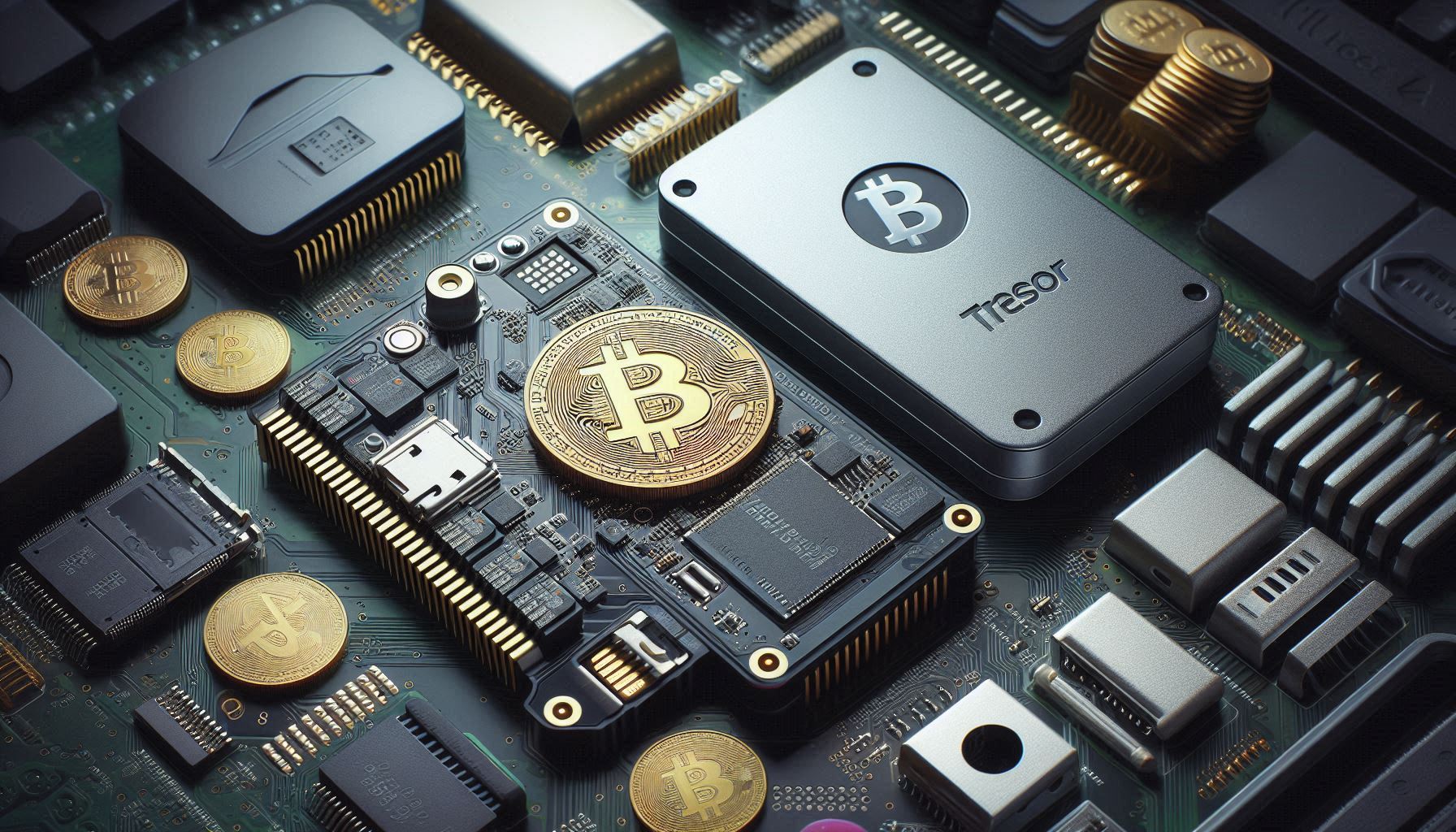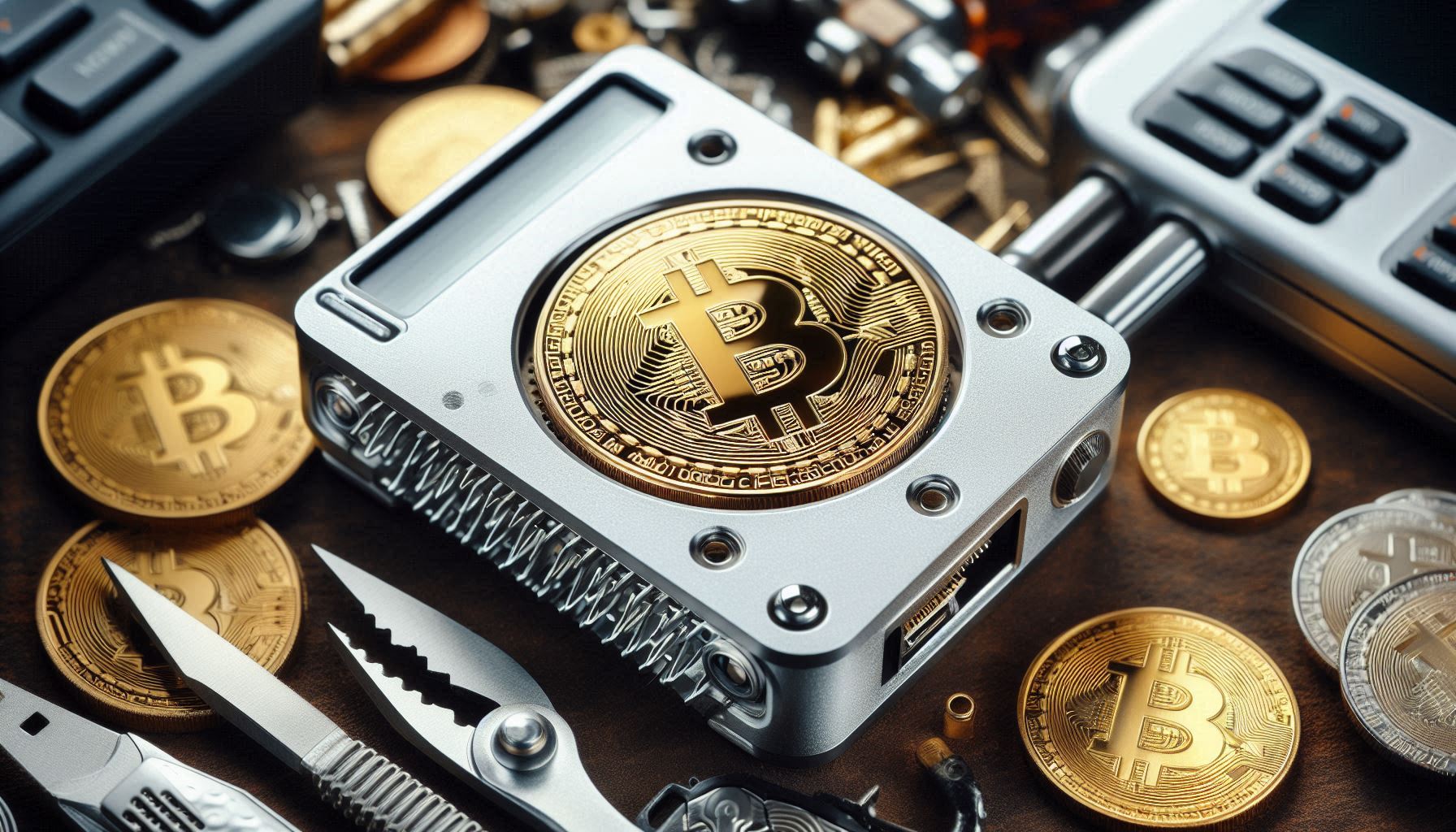How to buy Bitcoin
Buying Bitcoin has never been more accessible, but doing it safely and smartly requires a bit of knowledge in a fast-changing financial landscape. Whether you’re a total beginner or looking to elevate your strategy, this comprehensive guide covers where and how to buy Bitcoin, where (and how) to store it safely, which platforms to use—and avoid—and smart tips for your first purchase.

How to buy Bitcoin, How to save store bitcoin
Understanding Where You Can Buy Bitcoin
A. Cryptocurrency Exchanges (Centralized CEX)
These are the most popular and user-friendly places to buy Bitcoin:
-
Major Global Exchanges: Binance, Coinbase, Kraken, Bitstamp, Bybit.
-
Pros: High liquidity, a wide choice of payment methods (bank wire, card, SEPA, Apple Pay, Google Pay), easy KYC onboarding, many fiat currency options, customer support.
-
Cons: Require identity verification, deposits/withdrawals may have fees, and your funds reside “on their platform” unless you withdraw to your own wallet.
-
-
Local/Regional Exchanges: Coinmate (CZ/SK), Bitpanda (EU), BitMex, and others tailored for different countries/regions.
-
Pros: Support for local payment rails (bank transfer, payment systems like Revolut).
-
Cons: Sometimes higher fees, lower liquidity, fewer altcoins.
-
B. Peer-to-Peer (P2P) Platforms
Buy Bitcoin directly from another person.
-
Popular P2P Platforms: Paxful, Binance P2P, HodlHodl, LocalBitcoins (now less active).
-
Pros: Wide range of payment options (cash, PayPal, cash deposit, mobile money), more privacy (some allow no or minimal KYC).
-
Cons: Risk of scams or fraud if not using platform escrow. Always check seller ratings, transaction history, and reviews.
-
Tip: Only use the built-in escrow service; never send money directly off platform.
-
C. Bitcoin ATMs
Physical machines located in cities all over the world.
-
Pros: Can buy Bitcoin for cash, usually anonymously (for small amounts).
-
Cons: High fees (sometimes 5–10% over spot price), daily purchase limits, need to enter a receiving address (mobile wallet).
D. Banking Apps and Fintech Platforms
Some challenger banks and fintech apps let you buy and sell Bitcoin (e.g., Revolut, Robinhood, Paypal, CashApp).
-
Pros: Simple interface, instant purchase with fiat, familiar environment.
-
Cons: In many cases, you do not get your private keys—you cannot withdraw Bitcoin “off platform” or use it elsewhere: “Not your keys, not your coins.”
-
Best for: Testing the waters, but not for long-term holding.
E. Direct Purchase from Friends/Family
Bringing Bitcoin into the real world—face to face.
-
Pros: Full control, usually lowest fees.
-
Cons: Requires trust, manual transfer, both parties need wallets.

How to buy Bitcoin, How to save store bitcoin
How to Buy Bitcoin – Step-by-Step
A. Prepare a Bitcoin Wallet (Recommended First!)
Never store large holdings on an exchange. Set up your own wallet before buying so you have full control over your Bitcoin.
-
Types of Wallets:
-
Mobile Wallets: BlueWallet, Muun, Phoenix, Trust Wallet. Good for everyday use, easy scans, and small to moderate balances.
-
Hardware Wallets: Trezor, Ledger, BitBox. Best for storing larger amounts securely—these keep your private keys offline.
-
Desktop Wallets: Electrum, Sparrow. Great for advanced users.
-
Paper Wallets: Physical printouts or handwritten records—only recommended for advanced users due to operational risks.
-
Tip: ALWAYS keep your wallet’s recovery phrase (seed words) somewhere offline and never share them.
B. Set Up on a Trusted Exchange
Choose the exchange with the best security record and most convenient funding method for you. Create an account, go through identity checks (KYC), and deposit currency (EUR, USD, CZK etc.) via bank transfer, card, or selected payment app.
C. Place Your Order
-
Spot Buy: Buy Bitcoin at the current market price—fast and easy.
-
Limit Buy: Set your own price; order executes when the price meets your limit.
-
Recurring Buys (DCA): Set up automatic purchases (e.g., every week/month). Dollar Cost Averaging is recommended for most beginners to smooth out price volatility.
D. Withdraw Bitcoin to Your Own Wallet
-
After purchase, WITHDRAW Bitcoin off the exchange to your wallet address. Never leave large sums on the exchange for extended periods.
-
Test transfers with a small amount first to check everything works.
Where to Hold and Store Bitcoin Safely
-
“Not your keys, not your coins.” For ultimate safety, use a wallet where you control the private keys (hardware or non-custodial mobile/desktop wallet).
-
Hardware wallets are the gold standard for significant holdings—offline, secure, immune to online hacks.
-
Multi-signature wallets (e.g., Caravan, Casa, Unchained) offer extra protection by requiring two or more keys to move funds.
-
For everyday spending, keep only small amounts on hot/mobile wallets.
Never keep significant balances on exchanges, custodial apps, or anywhere where you do not control the private key.
Where NOT to Buy or Store Bitcoin
-
Unregulated websites or mysterious telegram/WhatsApp groups: High scam risk.
-
Social media “sellers”, influencers, or third-party “investment managers”: Never send money/crypto to strangers promising “guaranteed returns.”
-
Non-custodial wallets with no code audit or feedback: They may be “wallet drainers” or phishing attempts.
-
Gift cards or grey-market vendors: Prone to fraud or theft, no recourse.
-
Markets or platforms with no reputation or security background: Always use platforms with lots of positive reviews and a strong history of protecting users.

How to buy Bitcoin, How to save store bitcoin
Practical Safety and Buying Tips for Bitcoin
-
Always double-check wallet addresses—use QR codes or clipboard checks, as malware can switch pasted addresses.
-
Beware of high fees: Some platforms, card processors, or ATMs charge huge premiums over the market price.
-
Watch for fake apps/websites: Download only official wallets and apps, double-check for typosquatting/phishing.
-
Start small: Test the process with a tiny amount before making a larger investment.
-
Keep records: For tax and personal accounting, save buy/sell records and withdrawal confirmations.
Common Questions and Mistakes to Avoid for Bitcoin
Is KYC always required?
-
For most centralized exchanges, yes. P2P or ATM purchases for small amounts often allow more privacy.
Can I buy fractions of a Bitcoin?
-
Yes! Bitcoin is divisible to 1 satoshi (0.00000001 BTC). Buy as little or as much as you want.
What if I lose my wallet or keys?
-
Without your backup (seed phrase), your BTC is irretrievable. Always back up securely.
Is “storage on exchange” ever safe?
-
Only for very short-term holdings, and only on reputable, insured exchanges. For sizeable, long-term investments, never.
What about taxes?
-
Bitcoin purchases may need to be reported and taxed depending on your country. Maintain transaction logs and research local tax laws.
Buying Bitcoin Privately and Securely
For those prioritizing privacy:
-
Buy via cash (P2P/localBitcoin ATM) and transfer directly to your self-custody wallet.
-
Use privacy-focused wallets and consider coin selection tools to minimize traceability.
-
Don’t reuse addresses and practice “best hygiene”.
Buying Bitcoin in 2025 is easy, fast, and can be very safe—if you know what you’re doing.
-
Choose secure platforms for your purchase, and never leave funds on an exchange.
-
Always set up a wallet you control, and move your coins there after buying.
-
Avoid platforms, individuals, or offers that seem too good to be true or bypass security standards.
-
Keep learning—the Bitcoin ecosystem evolves constantly, and responsible, informed buyers always come out ahead!

